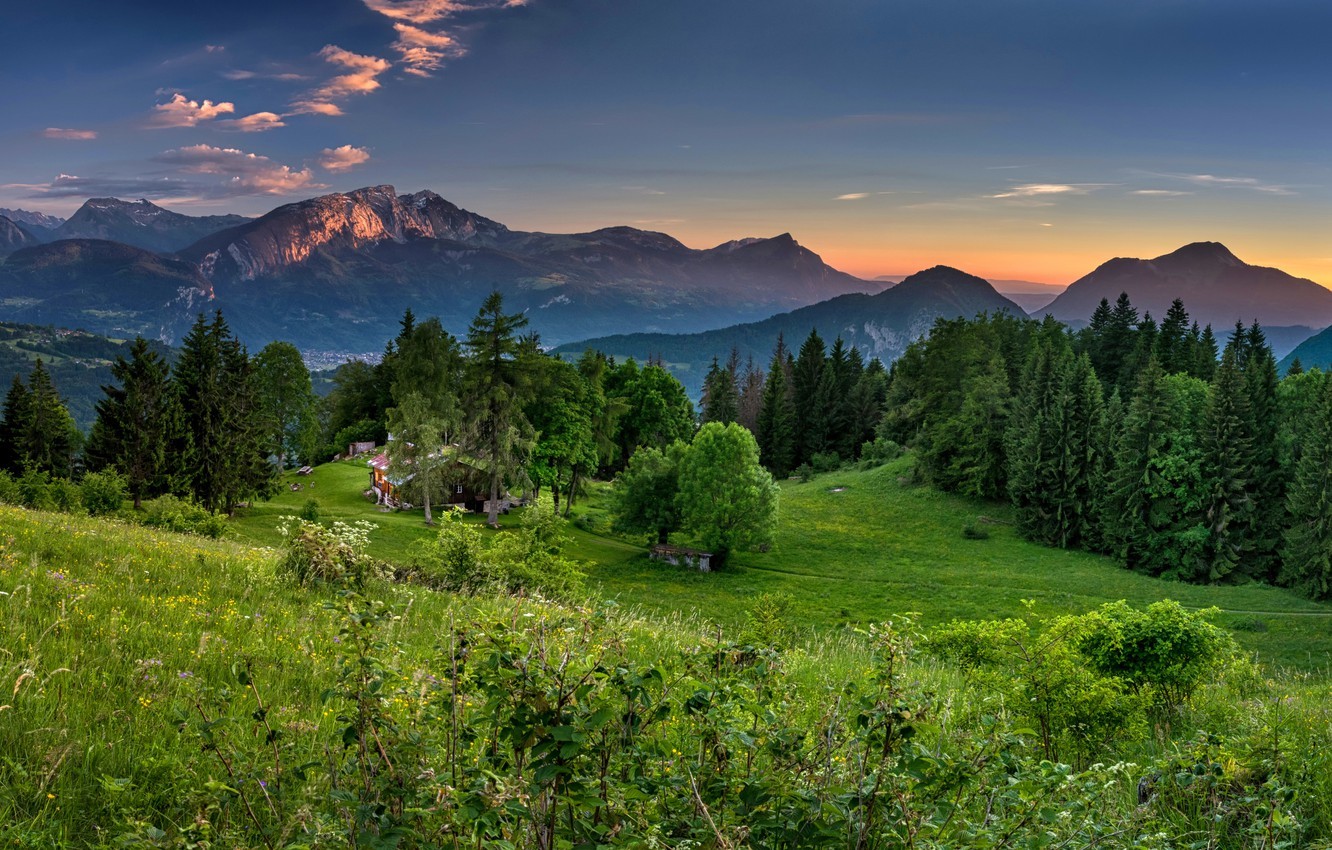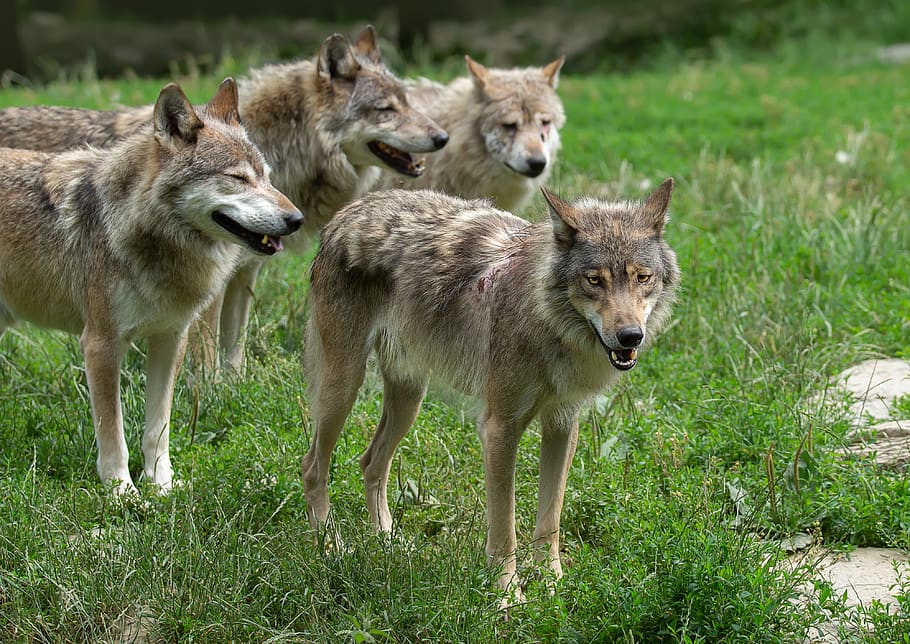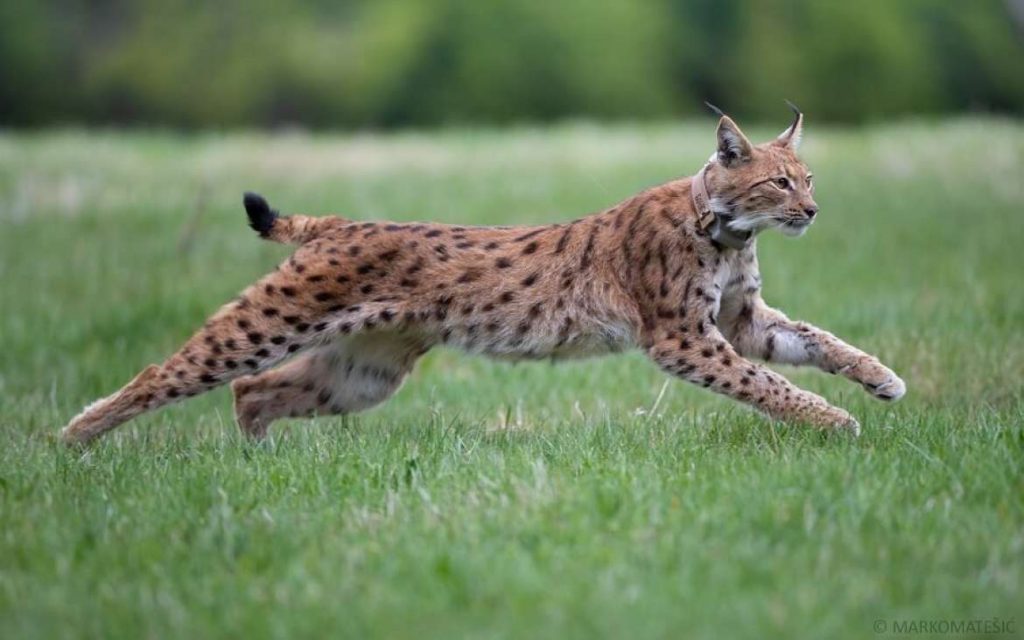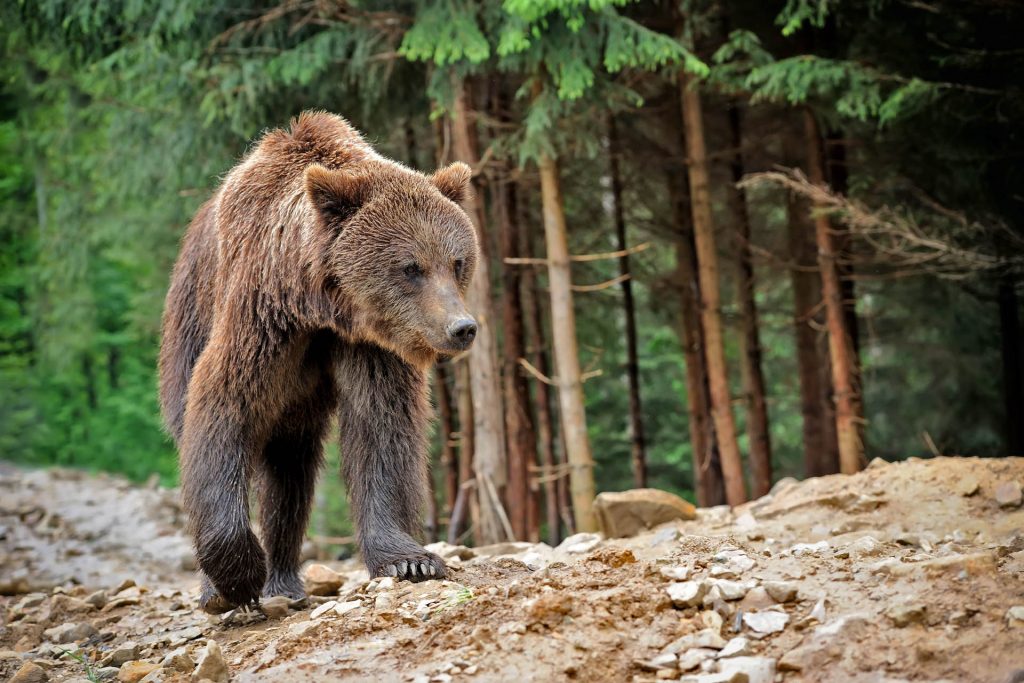Pablo Escobar was a drug kingpin in Columbia. Extraordinarily successful he had the money for some pretty impressive personal items including a zoo. Rather alarmingly, when Pablo Escobar’s rein over his crime and drug empire ended, his zoo was not looked after. A variety of things happened to the animals, but the hippos were largely left in the wild to their own devices.
The problem is that with vast amounts of food and no natural predators in numbers have multiplied rapidly and is currently thought to fall between 65 and 80.
Continue reading “Pablo Escobar’s zoo’s hippo population has grown from about 30 to between 65 and 80 – what might happen in the future?”






